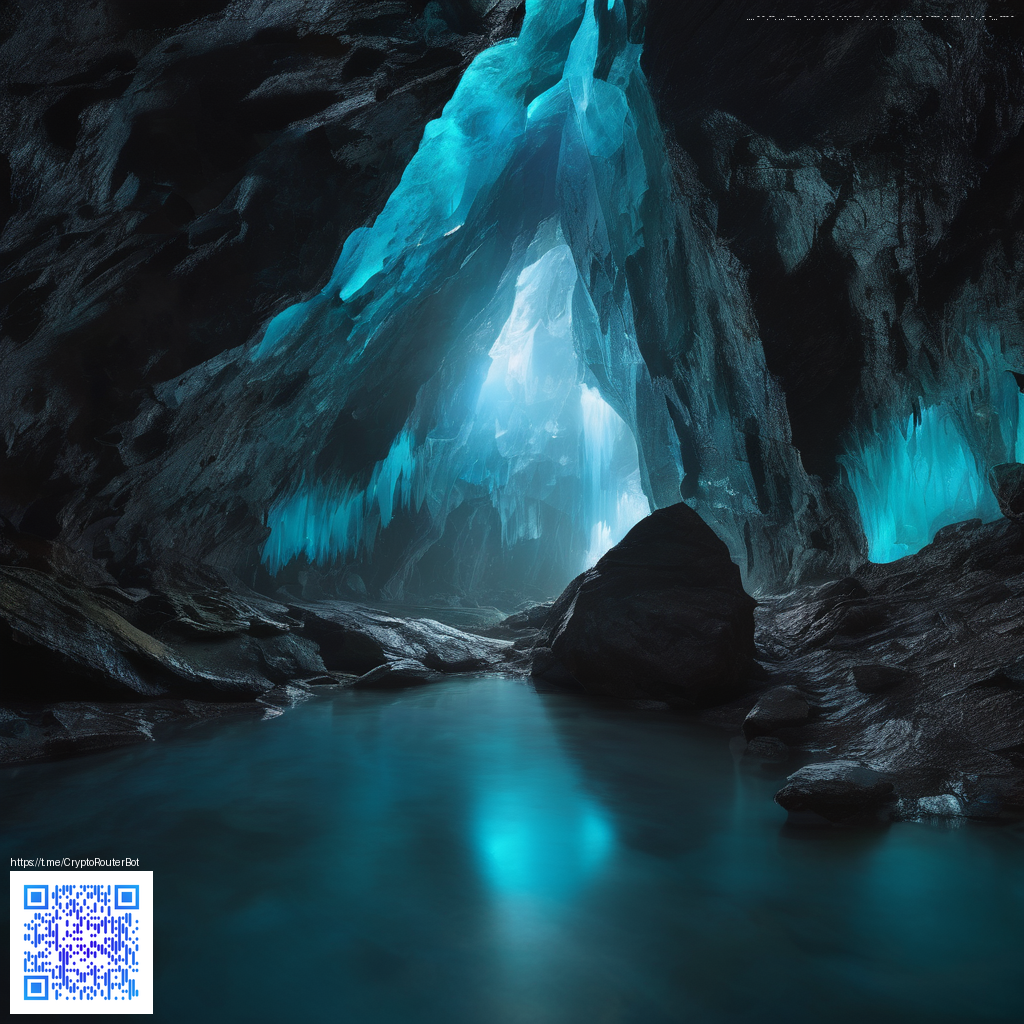
Budget and Development Scale Behind a Modern JRPG Reimagining
The latest deep dive into a beloved classic reveals a production that stretched far beyond the original’s wild ambitions. From a one game project to a multi chapter, multi platform saga, the journey has reshaped expectations for what a modern high profile remake can demand in budget, staffing, and cross studio collaboration. The team faced a delicate balance between honoring the source material and leveraging contemporary design craft to deliver a fresh, technically demanding experience for current audiences.
To understand the scope, it helps to start with context. The original title, released in the late 1990s, carried a production weight that was exceptional for its time. Contemporary industry echoes place the budget figure in the tens of millions, a testament to the risk and scale of a flagship JRPG at that moment. By contrast, the remake program embarked on a broader, longer arc that many observers describe as a new era for Square Enix’s approach to reimagining a landmark property. The project has involved multiple studios, collaborations with outside partners, and a development cadence designed to yield a cohesive vision across platforms and generations.
Historical signals and what they imply about scale
Publicly shared ballparks about budgets for major remakes emphasize a leap from the past. Industry coverage has framed the remake program as a multi year, multi title effort with substantial investment in technology, audio design, and visual fidelity. While exact numbers remain unofficial, observers consistently point to a budget and development footprint that sits well outside single release cycles and standard AAA production norms. This is not merely a facelift; it is an expansive rebuild that updates systems, art pipelines, and narrative pacing to align with modern player expectations.
Development scale and the talent engine
The production drew on a constellation of studios and specialists working in concert. Core work involved Square Enix’s internal teams, with significant external support for tasks such as PC porting and optimization. The project also demanded a revitalized engine and renderer capable of real time action oriented combat while preserving the cinematic sweep fans love. Coordinating art direction, voice acting, and orchestral composition across departments required meticulous scheduling, risk assessment, and a willingness to iterate on systems that bridge classic design concepts with contemporary gameplay language.
Gameplay evolution and design philosophy
A defining feature of the endeavor is the shift to action oriented combat that still respects the franchise’s core materia system and strategic depth. The new combat loop is designed to feel immediate and responsive, with tactical layers layered through summons, environmental interactions, and progression choices that reward experimentation. Exploration and storytelling receive equal attention, with upgraded cutscenes and world-building that lean into modern cinematic standards. This careful recalibration is not just about flashy graphics; it’s about transforming the feel of a beloved title while preserving its soul.
Update coverage and platform milestones
The project’s evolution is tracked through a sequence of major updates. The initial PS4 release arrived in the 2020 window, followed by a second wave on PlayStation 5 that bundled enhanced visuals and new content in a package known as Intergrade. This upgrade also introduced a supplementary episode featuring a new character arc, broadening the narrative scope and reinforcing the ambition to tell a larger story across generations. Later, a PC port broadened accessibility and opened doors for further community-driven experimentation. Each milestone brought fresh performance targets, improved loading, and refinements to the user experience that informed subsequent patches and feature sets.
Modding culture and community expectations
The ongoing dialogue around the remake is not limited to press coverage and developer diaries. A lively community has emerged around how a modern remake can be extended and customized. While platform differences shape the degree of modding, PC releases have sparked interest in texture improvements, shader tweaks, and accessibility options. The conversation also touches on pacing, difficulty tuning, and the extent to which a reimagined classic should invite player experimentation without compromising the core vision. In many communities, the post launch window is as important as the launch itself, a testament to the enduring passion surrounding this franchise.
What resonates most is the sense that this project is not merely replicating a beloved game but reinterpreting it for a new generation. The challenge lies in honoring the original while inviting players to rediscover it with fresh tools and refined pacing.
As production unfolded, the team quietly balanced fidelity with innovation, knowing that success would hinge on how well fans perceived the blend of nostalgia and novelty. The result is a release strategy that treats expansion as a feature rather than a regretted afterthought, signaling a broader commitment to growing a modern, multi part experience that can evolve over time.
For gamers who savor the intersection of game design, production realities, and community feedback, the budget and development scale behind this project offers valuable lessons. It illustrates how far the bar has moved for AAA remakes and how studios are reconciling a storied past with the demands and opportunities of today’s market.
Support the coverage by joining the conversation and supporting creators who champion a decentralized spectrum of internet culture. Your contribution helps sustain deep dives into industry craft and keeps the conversation vibrant across platforms.
Ko-fi Support the Project — Promoting a Decentralized Internet